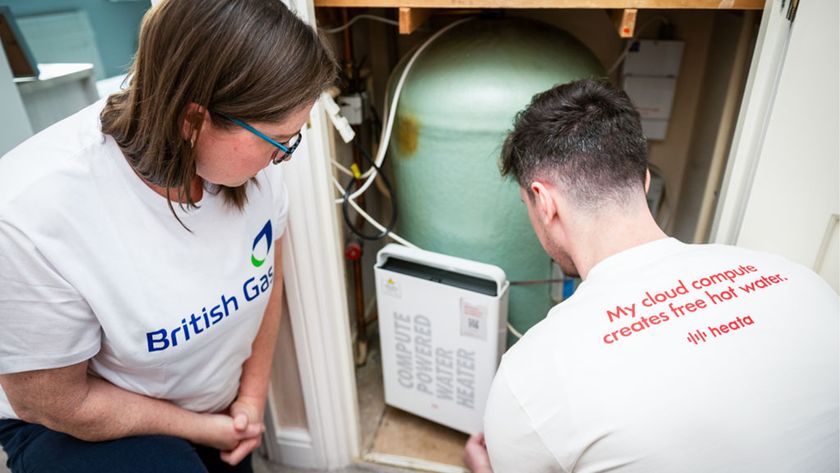Intel's data centre business struggles but 10nm server chips are coming sooner than later
The long-time data centre chip leader is suffering a slowdown despite its ambitions to provide data-centric products

Despite being a leader in the server chip market, Intel's revenue from its data-centric business has dropped by 5%, according to the company's 2019 first quarter financial results.
While the chip maker reported a 5% hike in cloud revenues in its Data Centre Group (DCG), combined revenues for the arm dropped by 6%. What's more, overall revenue from its data-related businesses, which among others includes the DCG, Mobileye and Intel's IoT efforts, generated $7.5 billion, down from 5% compared to the same quarter for 2018.
One of the areas contributing to this decline was the 4% drop in average selling prices and the 8% drop in the volume of units Intel shifted for its data centre platform, which is a continuation of the rather sharp slowdown Intel's server equipment sales encountered last year. Historically, this has been a booming business for the chip maker.
Yet, while Intel's data-centric business isn't as healthy as it would like, revenue from selling desktop and laptop processors rose by 4% to generate $8.6 billion for the company. This rise came in spite of static PC shipments and problems Intel encountered around chip shortages.
Intel's chief executive Robert Swan also noted that next-generation laptop processors built on the 10nm process node - thereby increasing the number of transistors in a processor to improve power and efficiency - will arrive this year.
“Our confidence in 10nm is also improving,” Swan said in an earnings call transcribed by Seeking Alpha. “In addition to the manufacturing velocity improvement I described earlier, we expect to qualify our first volume 10nm product, Ice Lake, this quarter and are increasing our 10nm volume goals for the year.”
This next-generation of processor could help keep Intel's PC-centric business ticking along. Swan noted 10-nanometre chips will be rapidly brought from the PC business and into Intel's data centre chips.
Cloud Pro Newsletter
Stay up to date with the latest news and analysis from the world of cloud computing with our twice-weekly newsletter
"Historically there has been a 12-18 month gap between client chips and servers. On 10nm that will be much shorter, all we'll say is it will be a fast follow, some time in 2020, and earlier rather than later,” Swan added.
With a decline in demand from data centre customers and the investment Intel is making into getting its 10nm fabrication ready for the production of chips at volume, the company has reduced its earnings forecast for the full 2019 fiscal year to $69.0 billion from a previously estimated $71.05 billion.
Nevertheless, the determined push to 10nm chips in both the PC and data centre space world could see Intel continue to do well in the PC market while also giving its data-centric business a shot in the arm come some point in the future, most likely 2020.
Roland is a passionate newshound whose journalism training initially involved a broadcast specialism, but he’s since found his home in breaking news stories online and in print.
He held a freelance news editor position at ITPro for a number of years after his lengthy stint writing news, analysis, features, and columns for The Inquirer, V3, and Computing. He was also the news editor at Silicon UK before joining Tom’s Guide in April 2020 where he started as the UK Editor and now assumes the role of Managing Editor of News.
Roland’s career has seen him develop expertise in both consumer and business technology, and during his freelance days, he dabbled in the world of automotive and gaming journalism, too.
Most Popular








